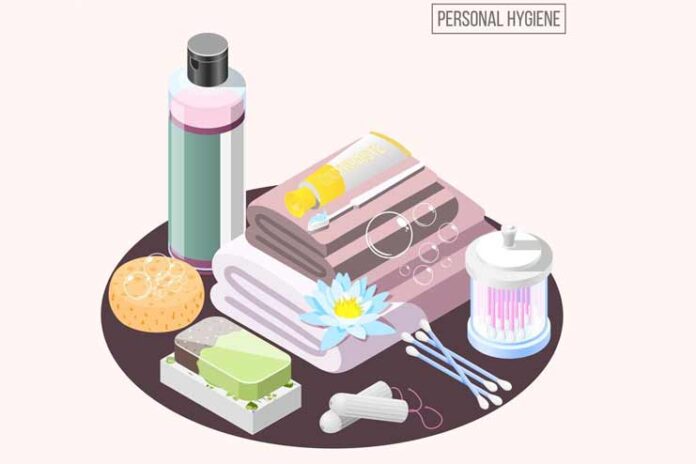Affiliate Disclaimer
Some links in this article are affiliate links. We may earn a small commission if you make a purchase through these links, at no extra cost to you. We only recommend products we find useful to our readersTeaching personal hygiene to children plays a major role in their health. Proper hygiene practices help prevent illnesses and infections. Instilling this in a child from his tender years keeps them healthy and instills good health habits that last a lifetime. Personal hygiene for kids is more than just cleanliness; it instills self-respect and builds confidence that lets children feel good about themselves and the people around them. You can help your children learn how important hygiene is by making these routines fun and an important part of daily life.
Why Personal Hygiene Is Important for Kids
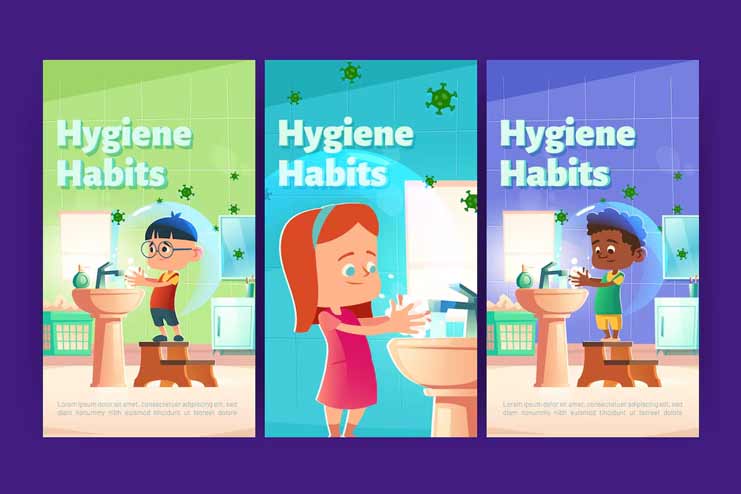
Teaching hygiene to children is important for their health and development. Proper hygiene prevents diseases and infections. It helps children stay healthy and active, free from sickness caused by germs and bacteria, such as colds and flu, and stomach infection. Understanding and practicing good hygiene helps children reduce the risk of those health problems.
Good hygiene helps children build confidence and encourages responsibility. They learn independence in trying to manage his or her cleanliness through brushing teeth, washing hands, or bathing at appropriate intervals. Instill these kids’ hygiene habits and you set them on a path to a healthier future.
Key Hygiene Habits to Teach
1. Handwashing: Importance and When to Wash
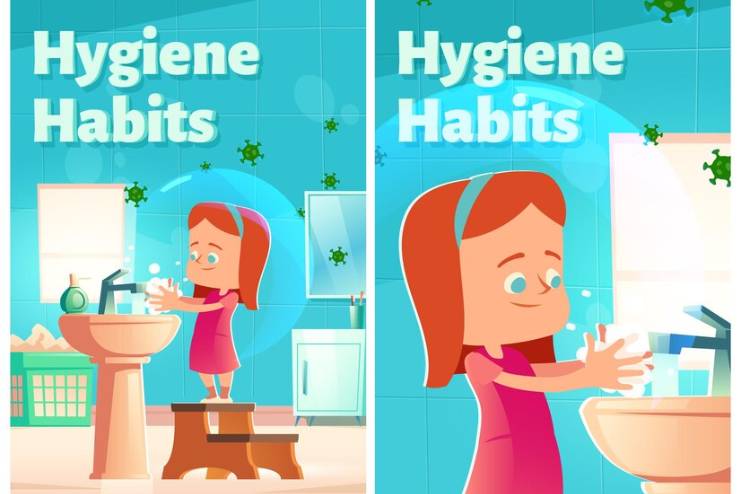
Hand-washing remains one of the best ways to prevent germs and infections. Teach your child to wash his hands:
- Before Eating: Ensure they wash their hands before meals to avoid transferring germs from their hands to their mouth.
- After Playing: After outdoor play or touching surfaces that may be dirty, washing hands helps remove germs.
- After Using the Toilet: Wash hands after using the bathroom to maintain cleanliness.
Explain to them that they need to wash their hands with soap and water for at least 20 seconds to effectively kill germs.
2. Oral Care: Brushing, Flossing, and Dentist Visits
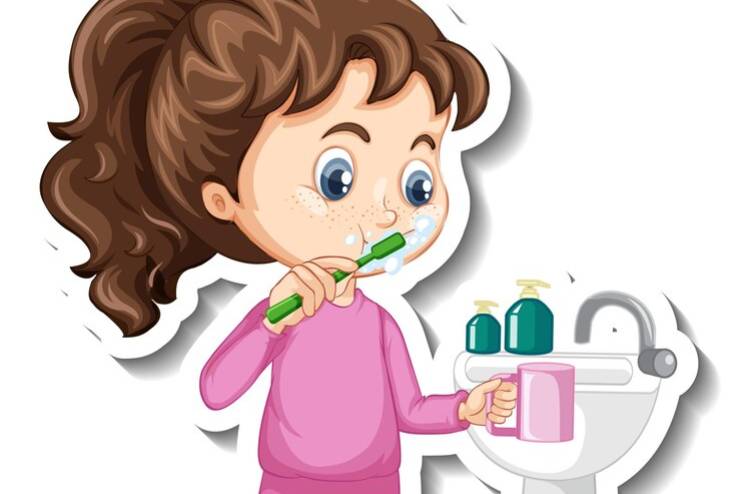
Good oral hygiene starts early. Teach your child to:
- Brush Twice a Day: Use fluoride toothpaste to brush teeth in the morning and before bedtime. Make brushing a fun activity by letting them choose their toothbrush or toothpaste.
- Floss Daily: As soon as they have two teeth that touch, introduce flossing. Use child-friendly floss picks if necessary.
- Visit the Dentist Regularly: Schedule dental check-ups every six months to monitor oral health and address any issues early on.
HS Recommended Articles:
- 15 Common Tooth Brushing Mistakes We Aren’t Aware Of
- What Happens If You Don’t Brush Your Tongue? 7 Grave Side Effects!
- Naturally Fresh: The Top 7 Fluoride-Free Toothpastes for a Healthy Smile
3. Bathing and Skin Care: Frequency and Routine
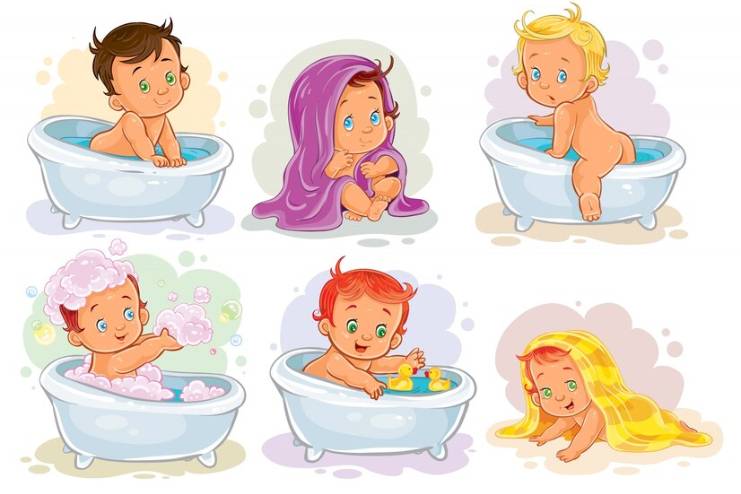
Regular bathing helps keep skin clean and free from germs.
- Bathtime Routine: Incorporate bathing into their daily routine or every other day, depending on their age and activity level. Teach them to wash all body parts, including neck, armpits, groin, back, feet, and knees.
- Hair Care: Show them how to wash and rinse hair properly without getting soap in their eyes. Explain how to handle soap or shampoo in their eyes if it happens.
4. Nail Care: Keeping Nails Trimmed and Clean
Nail hygiene is important to prevent the buildup of dirt and germs. Teach your child:
- Regular Trimming: Ensure nails are kept short and clean to avoid dirt accumulation. Initially, parents should handle nail trimming until the child is capable.
- Cleaning Under Nails: Encourage them to clean underneath their nails during bath time to remove any trapped dirt.
5. Hair Care: Regular Washing and Combing
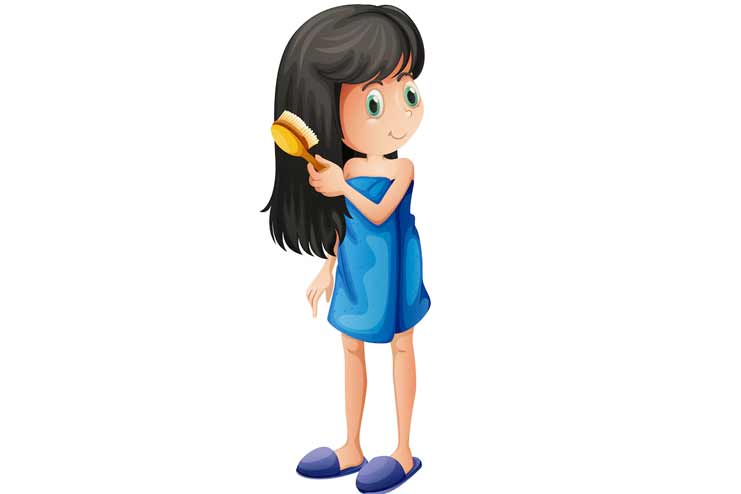
Regular hair care helps prevent tangles and keeps hair clean:
- Wash Hair Regularly: Depending on hair type and activity level, wash hair as needed. Use mild, child-friendly shampoos.
- Comb Hair: Teach them to use a comb or brush to prevent tangles and keep hair neat. Make this a fun part of their routine by choosing colorful or themed combs.
Teaching these hygiene practices provides your child with a routine that helps them stay healthy and comfortable and lays the foundation for lifelong self-care.
Fun Ways to Teach Personal Hygiene
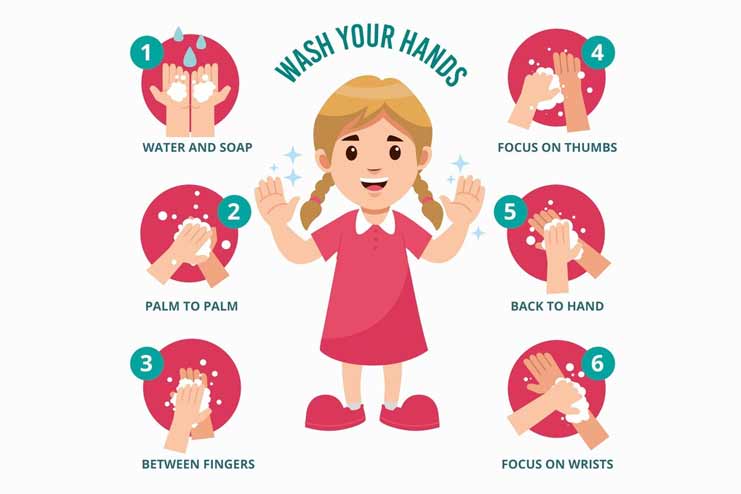
Personal hygiene is easier for kids if approached in a fun way. Here are some interactive ways to make the hygiene lesson entertaining:
- Hygiene Games: Plan a “Germ Detective” game where students simulate how germs spread using washable paint or colored stickers. Spread some “germs,” while your child traces their path around the room. This helps visually and in reality how germs are actually passed and how hand-washing is so crucially important.
- Catchy Hygiene Songs: Develop simple songs that can easily be remembered which concern hygiene routines. Take familiar tunes, such as “Old MacDonald”, and make a hand-washing song to the tune. Incorporate motions and gestures that match the words to make the song a fun and memorable way children learn when and how to wash their hands.
- Visual Hygiene Charts: Create a “Clean Hands Chart” in your classroom; have your children trace and decorate hand cut-outs to display at the front with their names underneath. Encourage positive behaviors through stickers or stamps for those consistently showing good hygiene. This visual will create some accountability while celebrating their efforts.
- Science Experiments: Design some simple experiments to explain how hygiene works. For example, take a container and fill it with water, putting some pepper into it to imagine germs. Then, ask children to dip their finger in it, and also in dish soap to show how the soap repels the germs. Such visual experiments are great for explaining how hand washing works.
- Storytelling and Role-Playing: Hygiene lessons should greatly incorporate storytelling and role-playing. You may use stories with characters learning about hygiene or create role-playing scenarios on how to brush teeth or wash your hands. This is one sure method through which the child will learn and understand all that is required about hygiene through narration and interesting stories.
Involving Kids in the Process
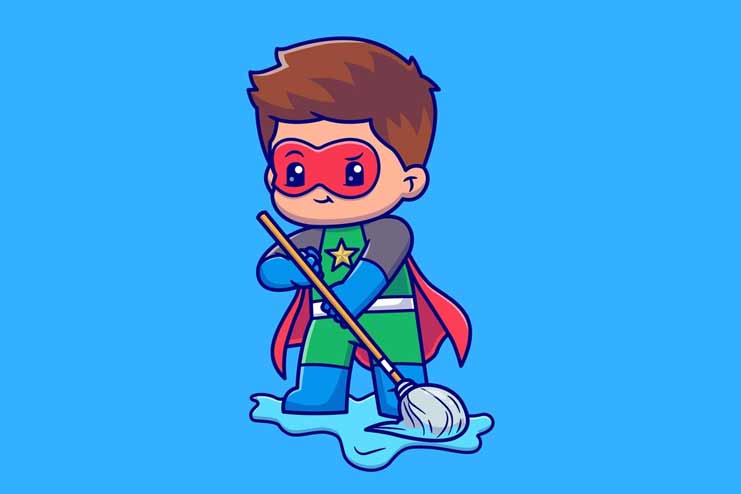
Encouraging children to take part in their personal hygiene builds responsibility and makes it fun to learn. Here’s how to actively involve them in the process:
- Reward Systems: One of the most workable motivational techniques involves reward systems. Make a “Hygiene Hero” chart on which every time kids show hygiene practices regularly, like washing their hands or brushing their teeth, they get stickers or tokens. The process can be made more thrilling if, at the end of the week, they get a certain prize waiting for them, such as a small toy or extra playtime.
- Promote Independence: Give children ownership in their personal hygiene processes. For example, let them choose their toothbrushes, soap, or hand towels to make this hygiene process a little personal. Encourage them to do things themselves, such as washing hands before eating and brushing teeth before sleep.
- Consistency: Engage in a hygiene routine and stick with it. Children understand the concept of hygiene and how it gets incorporated into daily practice if performed consistently. For instance, washing hands before eating and brushing teeth after meals will most probably get carried into lifelong habits by kids if these activities are done each day.
Conclusion
The most vital thing in building lifelong personal hygiene habits in children is to create a fun, positive routine. By including games, songs, and interactive activities, you make hygiene practices enjoyable and memorable. This approach will not only enrich your child with skills but also instill a sense of responsibility for keeping themselves healthy. Routines, mixed with praise and autonomy, ensure that good hygiene becomes second nature.
In this Article















